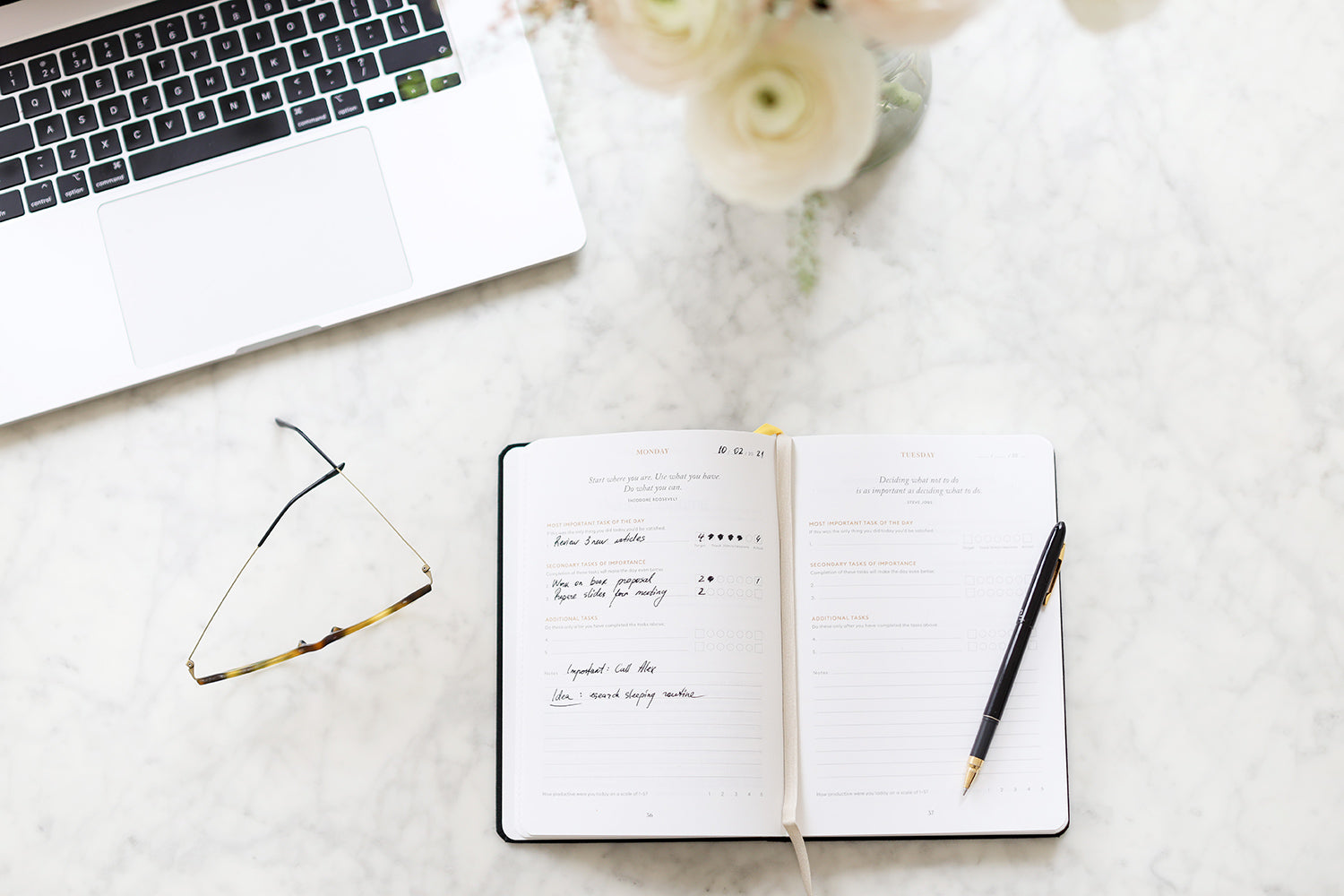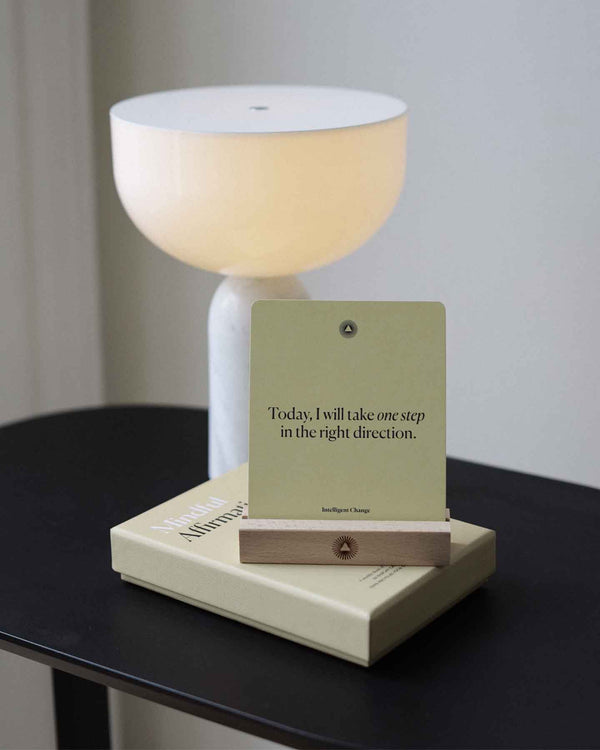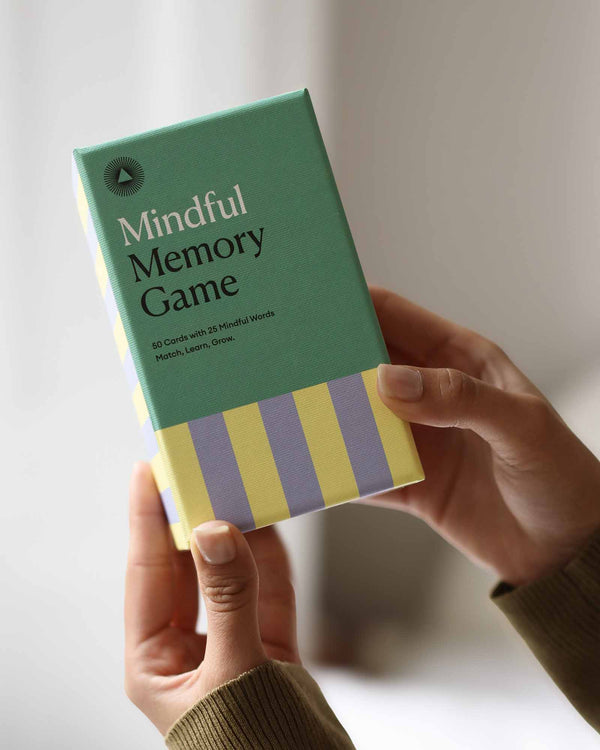Be More Productive with Time Blocking
by Intelligent Change
Wake up. Drink water, walk the dog, exercise, shower, cook breakfast, fill out The Five Minute Journal, commute to the office, reply to emails, write a report, apply for new projects, brainstorm new ideas, buy groceries on your way home… Should we go on?
Every working person in this world faces the same challenge: organization. Sometimes it can be so exhausting to juggle between your own needs, your job, your friends, and your family. It can get even more difficult when you run your own business: the number of responsibilities doubles.
With so many details throughout every day, how do you get things done?
Do you find that one part of your to-do list gets constantly rewritten until it becomes such a long list that it takes 3 pages of your planner? Or do you cut on your me-time, sleep-time, and rest-time for as long as your body allows?
We hope you agree that neither of these two is a good solution.
But what if we told you there’s another way to go?
What Is the Time Blocking Method?
Getting things done + having time to do the things you like + getting some good night’s sleep = happier you.
Sounds too good to be true? Nope, with the time blocking method, it’s as real as it gets.
The concept of time blocking means segmenting your days into chunks of time dedicated to certain activities. Instead of checking and answering your emails every hour or two throughout the day, you can simply create a time block:
- 9-9:30—answer emails;
- 15-15:30—answer emails.
Once your inbox reaches 0 unread emails, you’re good to switch to the next task.
Why Is Time Blocking Good for Me?
Working in long sessions can easily lead to multitasking, energy drain, and you losing track of the bigger picture.
When our productivity is compromised, we tend to neglect the time we need to rest, the time for self-care, and the time for people we love. All this leads to the burn-out syndrome: a vicious circle in which our mental and physical health is compromised while our productivity levels tank.
Creating time blocks can save you an immense amount of energy. Here’s how:
- If you dedicate half-an-hour to a certain activity, the chances of getting distracted by the time it ends are low.
- It helps you combat procrastination.
- It’s compliant with Parkinson’s law: work expands so as to fill the time available for its completion. If there’s a specific amount of time for a task, it’s more likely that you’ll finish it in that amount of time, compared to leaving it for the last minute. With the time blocking method, there will be no more “I’ll do it later” moments.
- You can schedule regular breaks. Regular breaks can increase your engagement, boost your creativity, and help you manage your energy levels.
- If you dedicate a specific amount of time to a certain task and set up a timer, the chances of you compromising that task with multitasking are very low.
- Me-time and people-I-love-time can become a part of your time-blocking schedule and help you revert your tendency to squeeze them in after working hours.
- You’ll find it easier to say “no” when necessary without feeling guilty because you’ll really know if you are available or not.
How to Be More Productive With Time Blocking?
In order to get to the point where you practice time blocking, you need to make a funnel. That means starting from the wide category of “goals” and then narrowing it down to yearly, monthly, weekly, and daily plans.
1. Set Clear Goals
Take a piece of paper and write down your goals. What do you want to achieve with your business, life, health, relationships…?
Would you like to run a marathon next year? Or to have 30% more sales by November? Would you like to expand your business team and employ two new people? Engage in 3 more creative projects? Have quality time with your family on a weekly basis?
Write down all of your goals and wishes, just make sure they’re specific, measurable, achievable, relevant, and time-bound. In one word: SMART.
If you need some guidance in defining your goals, check out our step-by-step guide on how to set achievable goals.
2. Use The Productivity Planner
Once you have your goals aligned, defined, and assigned, you need to decide on the strategy to achieve them. This requires heavy artillery: The Productivity Planner or Productivity Sheets.
Both The Productivity Planner and Productivity Sheets is a diligently designed tool to help you organize your weeks and days in a way that allows you to maximize your productivity and reach your goals as planned.
You need to write your tasks every day. What are the most important tasks throughout the upcoming week? Got them all set up? Great, moving on.
3. Prioritize
The Productivity Planner and Productivity Sheets also require you to prioritize your daily tasks. If your daily to-do list is really long, can all of the items be equally important? Of course not. You need to pick the one that is most relevant, urgent, or valuable. That’s your MIT: the most important task of the day. If you’re struggling with prioritization, help yourself with these five questions.
All of the other tasks that are not your MIT, are “tasks of secondary importance” and “additional tasks”. Even if you don’t scratch them all out, the day is still considered a success if you’ve completed your MIT.
4. Focus Time Technique
Intelligent Change productivity tools use the best time blocking method: the Focus Time technique.
That means working in 30-minute blocks interrupted with short 5-minute breaks. After every completed 5 sessions, you reward yourself with a half-an-hour break.
The Focus Time technique is like playing a game: every time you complete a session, you color one tiny circle in your Productivity Planner or Sheets, giving you a clear visualization of your daily progress. Want a more illustrative representation of time passing by? Check out our glass sand timer, designed to help you focus and engage in activities for 30 minutes.
5. Reflect
At the end of each week, as well as at the end of each day, you need to take a couple of minutes with The Productivity Planner and reflect on your experience. Did you organize your tasks well? What did you do good? What could have been done better? How are you going to improve? Reflecting is particularly important as it allows you to learn from your past experiences and grow.
What does time blocking look like?
Time Blocking Example
Everything you do and value as an important activity can be put in a time block.
As Cal Newport, an expert on time blocking and organization, said in his book, what we choose to focus on and what we choose to ignore—plays in defining the quality of our life. According to him, we can’t make a mistake if we plan out every minute of our workdays.
If drinking water is important to you, put it in your schedule and make sure not to miss it. It doesn’t all have to be important meetings/projects/emails. Make sure to add time for the things that are important for you personally.
Be careful about estimating how much time you need to complete a certain task. You might not get this right the first time, but your skills will improve with experience.
Here’s one time blocking example you might find inspiring:
1. The Morning Routine
7:00 am—Wake up.
7:05 - 7:10—Fill out The Five Minute Journal
7:15 - 7: 20—Hydration time
7:30 - 8:00—Work out
8:10 - 8:40—Shower, skincare, getting ready for a day
8:40 - 9:00—Breakfast time
9:00 - 9:30—Travelling to the office
2. At the Office
9:30 - 9:50—Answer my emails
9:50 - 10:00—Short mindfulness meditation
10:00 - 10:30—Finishing the report on sales
10:30 - 10:35— Smoothie or coffee break
10:35 - 11:00—Meeting with investors
11:00- 11:05—Mindfulness meditation
11:05 - 11:45—Writing an article for the company website
11:45 - 12:00—Checking inbox
This is applicable to your after-work routine as well: you can schedule going for a massage, visiting your parents or friends for an hour, reading, or having a date with your partner.
Wrapping It Up
If you were looking for some simple productivity magic tricks, we’re sorry, we don’t offer those.
Raising your productivity levels is a process, it doesn’t happen overnight. The time blocking method is an extraordinary tool, but using it requires you to know what you’re doing and why. That’s why you need to set clear goals, create yearly and monthly plans, and then help yourself out with The Productivity Planner or more flexible Productivity Sheets to organize your weeks and days in a way that will gradually allow you to work your way up to maximum productivity.











